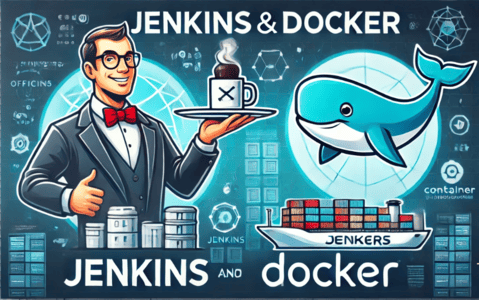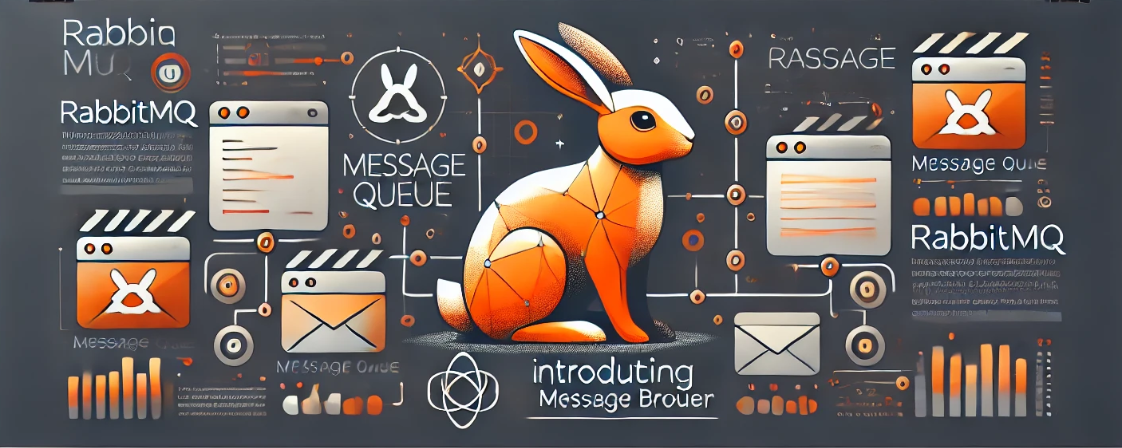How to Deploy Jenkins in a Docker Container
If you’re looking to streamline your CI/CD pipeline, deploying Jenkins in a Docker container offers flexibility, scalability, and ease of configuration. In this guide, we’ll walk you through setting up Jenkins in Docker using a custom Dockerfile, allowing you to execute Docker commands inside Jenkins – a must for building Docker images as part of … Read more

















